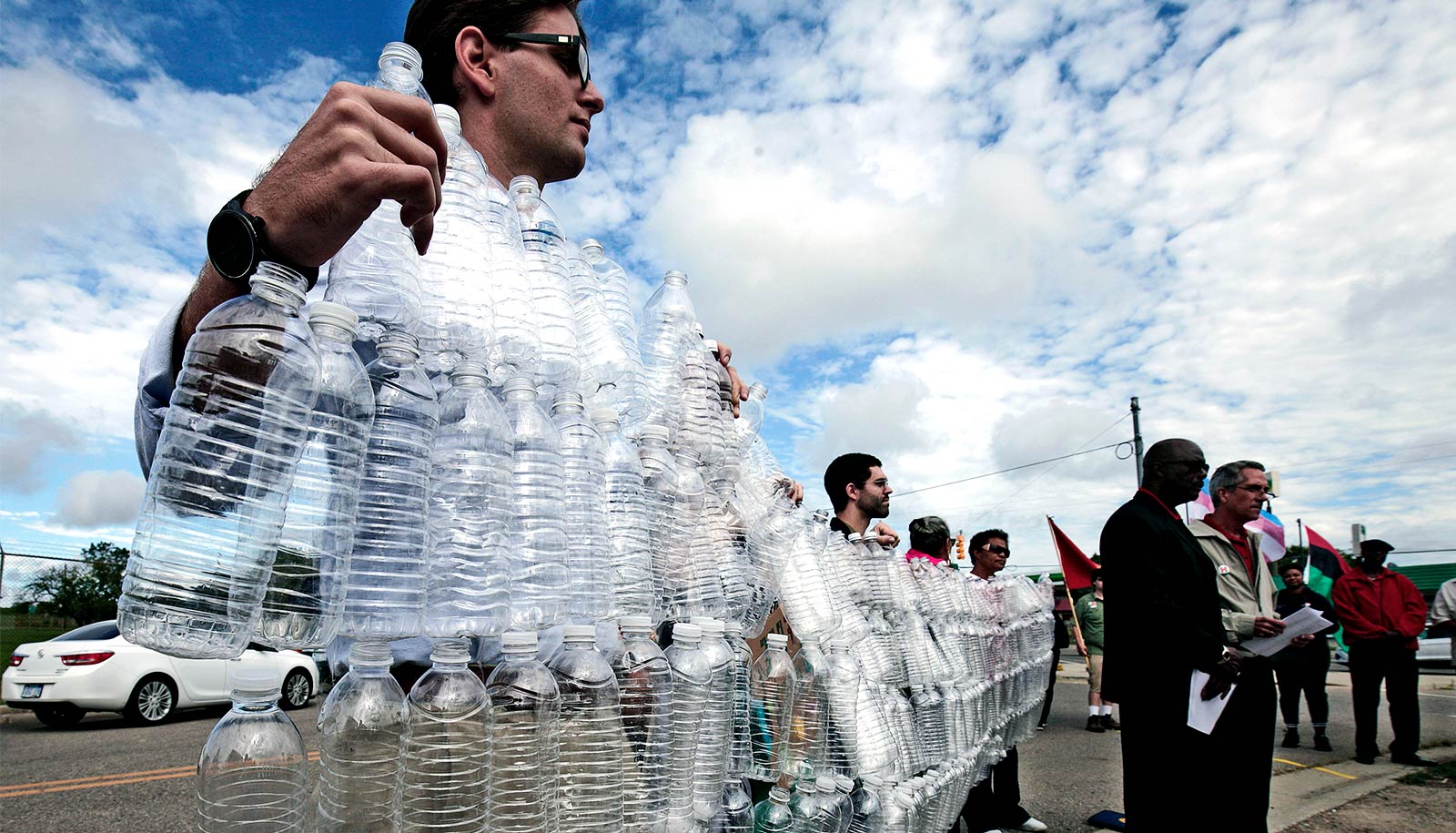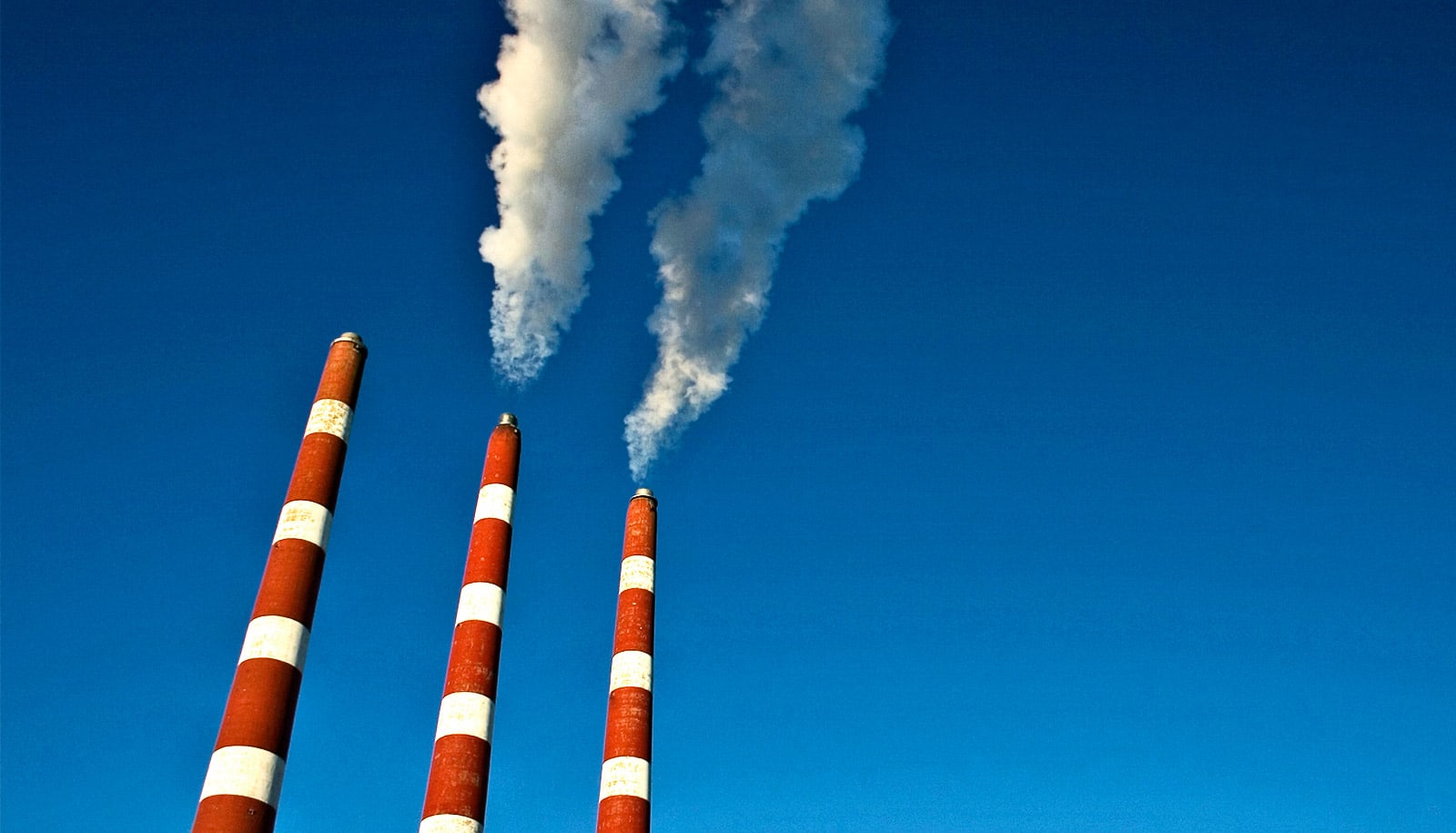
Protestors hold a press conference to protest Donald Trump's visit to the Flint Water Treatment Plant on September 14, 2016 in Flint, Michigan. (Credit: Bill Pugliano/Getty Images )
The EPA isn’t doing enough to protect people in harm’s way
The EPA is falling down on its job to protect vulnerable populations from hazardous chemicals, researchers argue in a new paper.

The US Environmental Protection Agency isn’t adequately assessing the risk to vulnerable populations that a new law mandates the agency protect, researchers report.
Many hazardous chemicals that cause health issues are still in use in industrial, commercial, and private settings, despite well-documented harms.
As the federal government implements the 2016 Frank Lautenberg Chemical Safety for the 21st Century Act, which amends the 1976 Toxic Substances Control Act (TSCA), experts say some of the same problems that plagued the original act are hampering progress, despite new legal requirements that promise better protection.
The TSCA legally oversees about 40,000 chemicals in the United States. The new amendments mandate protection of what the law calls susceptible and highly exposed populations, but the EPA is not adequately assessing the risk to these populations in their first 10 risk evaluations, experts write in a commentary in PLOS Biology.
In their article, Patricia Koman, research investigator in environmental health sciences at the School of Public Health at the University of Michigan, and coauthors from the University of Michigan and the University of California, San Francisco, recommend key scientific and risk assessment principles to inform health protective chemical policy.
Here, Koman explains the problem and the authors’ solution:
The post The EPA isn’t doing enough to protect people in harm’s way appeared first on Futurity.
Share this article:
This article uses material from the Futurity article, and is licenced under a CC BY-SA 4.0 International License. Images, videos and audio are available under their respective licenses.


